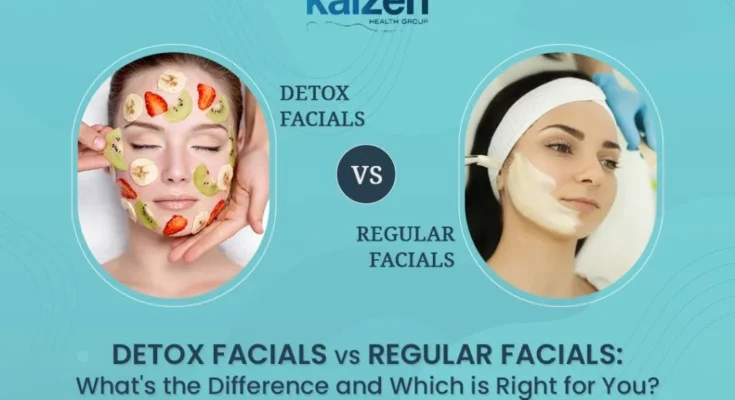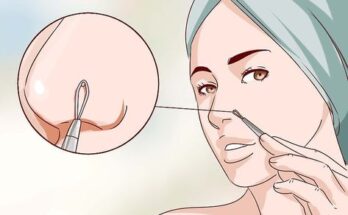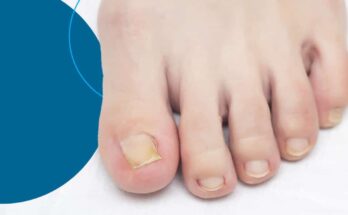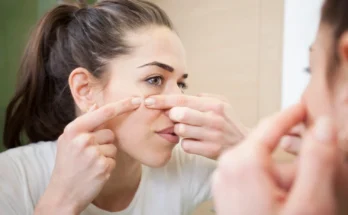Blackheads are one of the most common and frustrating skin concerns. Whether they appear on your nose, chin, forehead, or other areas of your face, they can be stubborn and difficult to eliminate. Many people are tempted to pop them, but is this really the best solution? In this comprehensive guide, we’ll explore why popping blackheads might not be the best approach, and why professional blackhead removal techniques, proper skincare routines, and patience can provide longer-lasting, healthier results.
1. Understanding Blackheads
Before we dive into blackhead removal methods, it’s important to understand what blackheads actually are. Blackheads are a type of acne known as open comedones. They form when hair follicles become clogged with oil, dead skin cells, and other debris. The oil in the clogged pore oxidizes when exposed to air, causing it to turn black, hence the name “blackhead.”
There are several reasons why blackheads form, including excess oil production, hormonal changes, poor skincare habits, and the use of comedogenic products. Genetics also play a role in how prone you are to developing blackheads.
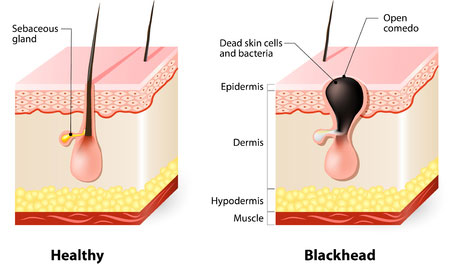
2. The Dangers of Popping Blackheads
One of the most common methods people use to remove blackheads is popping them. However, this technique comes with several risks and drawbacks:
- Increased Risk of Infection: When you pop a blackhead, you create an open wound in the skin. This can introduce bacteria, leading to an infection that may make the acne worse and result in more noticeable scarring.
- Scarring and Hyperpigmentation: Popping blackheads can damage the skin and cause scarring. Additionally, even if you don’t cause a scar, popping blackheads can lead to post-inflammatory hyperpigmentation, where dark spots appear where the blackheads once were.
- Worsening Acne: Popping a blackhead can push debris deeper into the pore, which could lead to more severe breakouts like cystic acne.
- Stretching Pores: When you squeeze blackheads, you might stretch the surrounding skin, which can lead to enlarged pores over time.
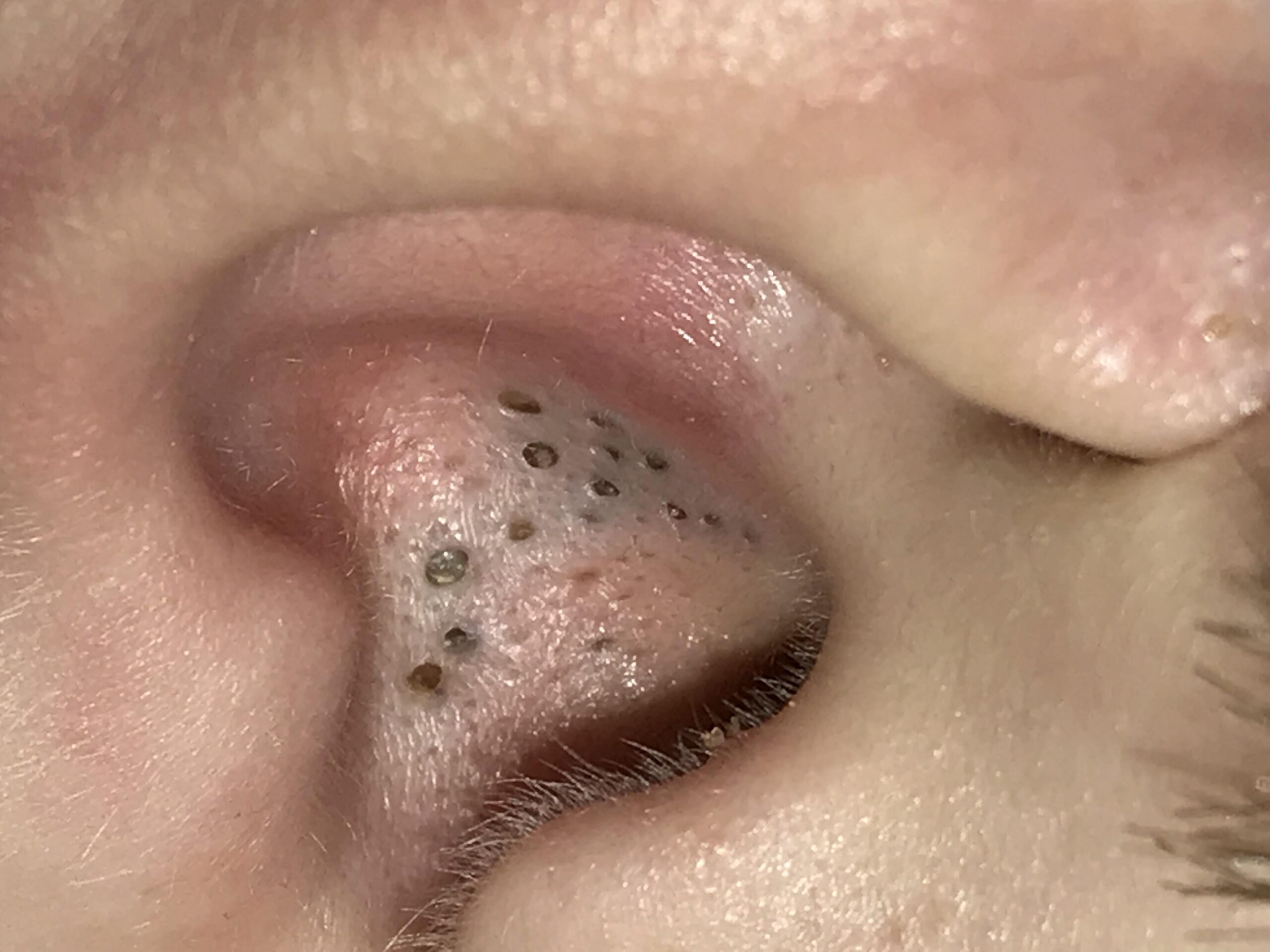
For all these reasons, it’s better to avoid popping blackheads, no matter how satisfying it may seem in the moment.
3. How to Effectively Remove Blackheads Without Popping
Now that we understand the risks of popping blackheads, let’s look at some effective and safer methods for removing them.
3.1. Cleansing Your Skin Properly
A consistent skincare routine is key to preventing and removing blackheads. Start with a gentle cleanser to remove excess oil, dirt, and makeup. Look for cleansers with ingredients like salicylic acid, which can penetrate deep into the pores and help break down the oils and dead skin cells that lead to blackheads.
Avoid harsh scrubbing, as this can irritate the skin and actually make blackheads worse.
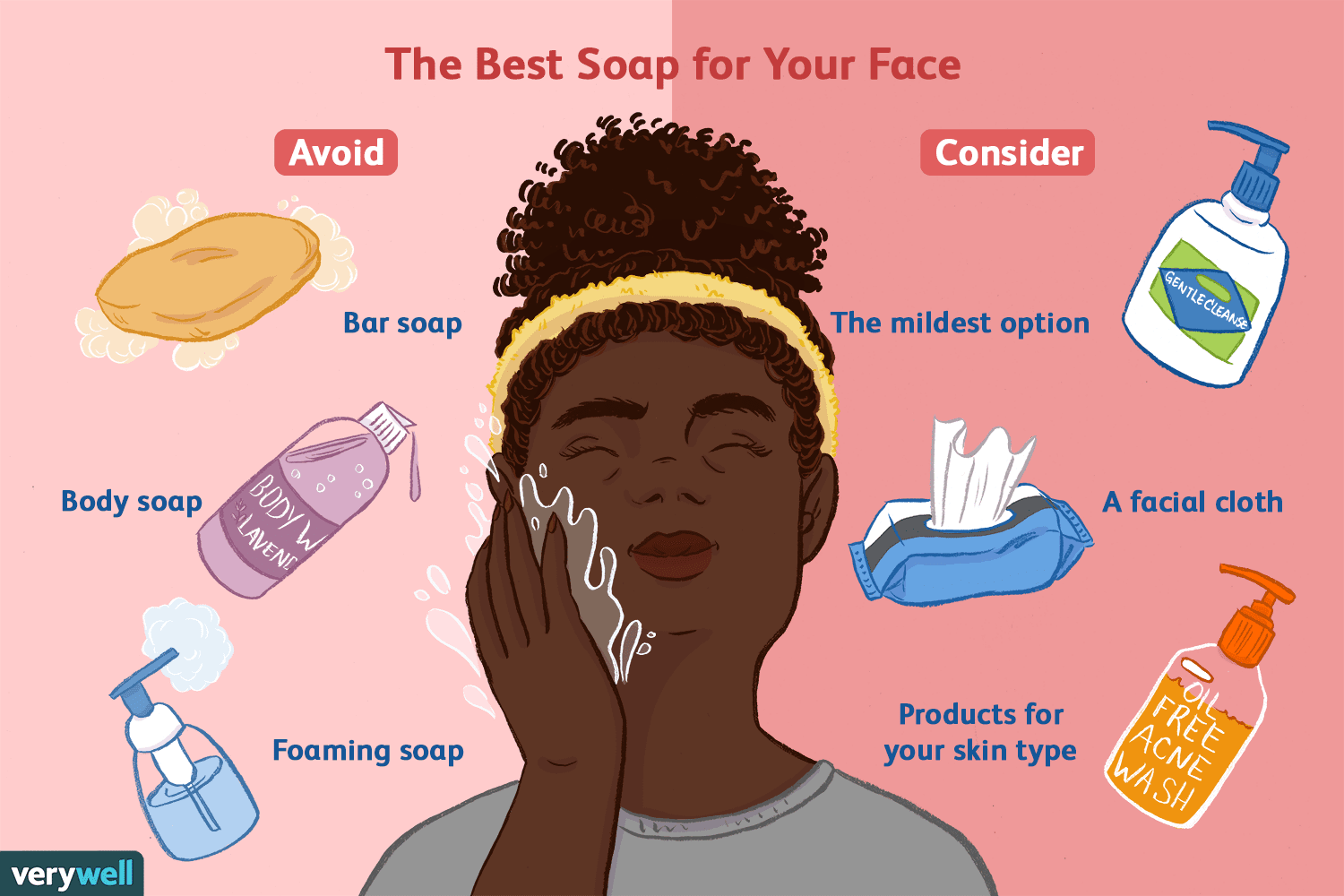
3.2. Exfoliating Regularly
Exfoliation helps remove dead skin cells that can clog pores. Look for a chemical exfoliant that contains salicylic acid or glycolic acid. These acids are particularly effective for treating blackheads because they can penetrate the pores and clear out the debris.
Physical exfoliants, such as scrubs with beads or particles, can be too harsh for delicate facial skin and should be used sparingly.
3.3. Using Pore Strips Carefully
Pore strips are a popular method for removing blackheads, especially around the nose. While they can pull out some of the debris, they don’t address the underlying cause of blackheads, which is the accumulation of oil and dead skin cells.
If you decide to use pore strips, be gentle and avoid using them too often. Overuse can irritate the skin and even lead to further breakouts.
3.4. Clay Masks
Clay masks, particularly those containing ingredients like bentonite or kaolin clay, can help absorb excess oil from the skin and draw out impurities from the pores. Regular use of a clay mask can significantly improve the appearance of blackheads.
3.5. Topical Retinoids
Retinoids, or vitamin A derivatives, are known for their ability to promote skin cell turnover and prevent clogged pores. By increasing the shedding of skin cells, retinoids can help prevent blackheads from forming. Start with a lower-strength retinoid to minimize irritation and gradually increase the strength as your skin builds tolerance.
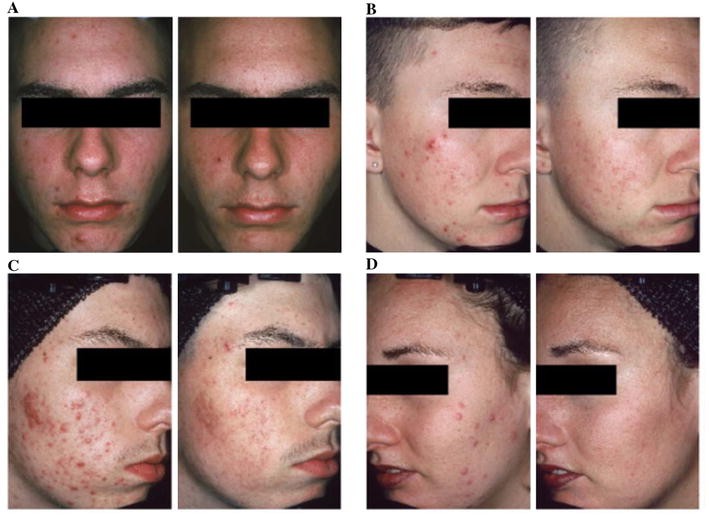
3.6. Salicylic Acid Treatments
Salicylic acid is a powerful ingredient that works deep within the pores to exfoliate and break down the buildup of oil and debris. Using a salicylic acid treatment, such as a serum or toner, can help reduce the appearance of blackheads over time.
3.7. Professional Treatments
If home treatments aren’t working for you, consider seeing a dermatologist or esthetician for professional blackhead removal. Some popular options include:
- Microdermabrasion: This treatment uses tiny exfoliating crystals to remove dead skin cells and unclog pores.
- Chemical Peels: A chemical peel uses acids like glycolic or salicylic acid to exfoliate the skin and remove blackheads.
- Extraction: A dermatologist or esthetician can perform extractions to manually remove blackheads in a hygienic setting.
4. Prevention is Key
While removing blackheads is important, preventing them from forming in the first place should be your ultimate goal. Here are some tips to keep your skin clear:
- Maintain a Consistent Skincare Routine: Consistency is key in skincare. Stick to a daily routine that includes cleansing, exfoliating, and moisturizing to keep your skin balanced.
- Avoid Overusing Products: Too many products can irritate the skin and lead to more breakouts. Stick to the basics and avoid overloading your skin with too many active ingredients at once.
- Don’t Touch Your Face: Avoid touching your face with dirty hands, as this can transfer oils and bacteria to your skin, leading to clogged pores.
- Stay Hydrated: Drinking plenty of water helps keep your skin hydrated, which in turn helps balance oil production and prevent clogged pores.
- Wear Non-Comedogenic Products: Look for skincare and makeup products labeled “non-comedogenic,” meaning they won’t clog your pores.
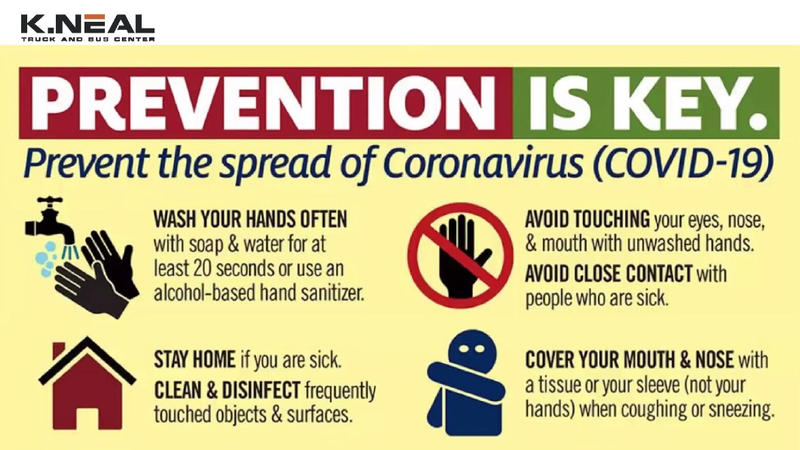
5. Lifestyle Factors That Affect Your Skin
Your diet, stress levels, and sleep habits can all have an impact on your skin’s health and its tendency to develop blackheads. Here’s how to manage them:
- Diet: While there is no one-size-fits-all diet for clear skin, eating a balanced diet with plenty of fruits, vegetables, and healthy fats can promote healthy skin. Avoid too much processed sugar and dairy, as they can sometimes exacerbate acne.
- Stress: Stress can increase the production of cortisol, a hormone that can lead to oily skin and clogged pores. Finding ways to manage stress, like exercising or practicing mindfulness, can help maintain your skin’s health.
- Sleep: A good night’s sleep is essential for skin regeneration. Lack of sleep can lead to increased stress hormones, which in turn can contribute to acne breakouts.
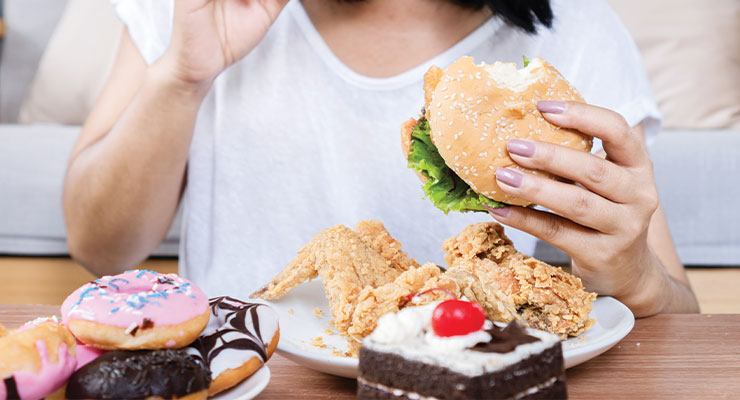
6. Myths About Blackhead Removal
There are many myths surrounding blackhead removal, and understanding the truth behind them can help you make informed decisions for your skincare.
- Myth: You Can Permanently Get Rid of Blackheads
Reality: Blackheads can be managed, but they may never completely disappear. Maintaining a consistent skincare routine is the best way to keep them under control. - Myth: The More You Exfoliate, the Better
Reality: Over-exfoliating can irritate the skin and lead to more breakouts. Exfoliate 1-3 times a week depending on your skin’s needs. - Myth: Pore Strips Are the Best Solution
Reality: While pore strips can temporarily remove blackheads, they don’t address the root cause, which is clogged pores. They should not be relied upon as a long-term solution. - Myth: You Should Squeeze Blackheads Every Day
Reality: Squeezing blackheads can cause more harm than good. Stick to proper skincare routines and professional treatments instead.

Conclusion
Blackhead removal doesn’t need to be painful or damaging. By understanding the risks of popping blackheads and exploring safer, more effective solutions, you can achieve clearer skin without the long-term consequences. Whether you opt for a regular skincare routine, professional treatments, or a combination of both, taking a thoughtful and patient approach is key to achieving healthy, blackhead-free skin.
Remember, patience is key. Blackheads may be persistent, but with the right tools and techniques, you can keep them under control and enjoy healthier, clearer skin.
